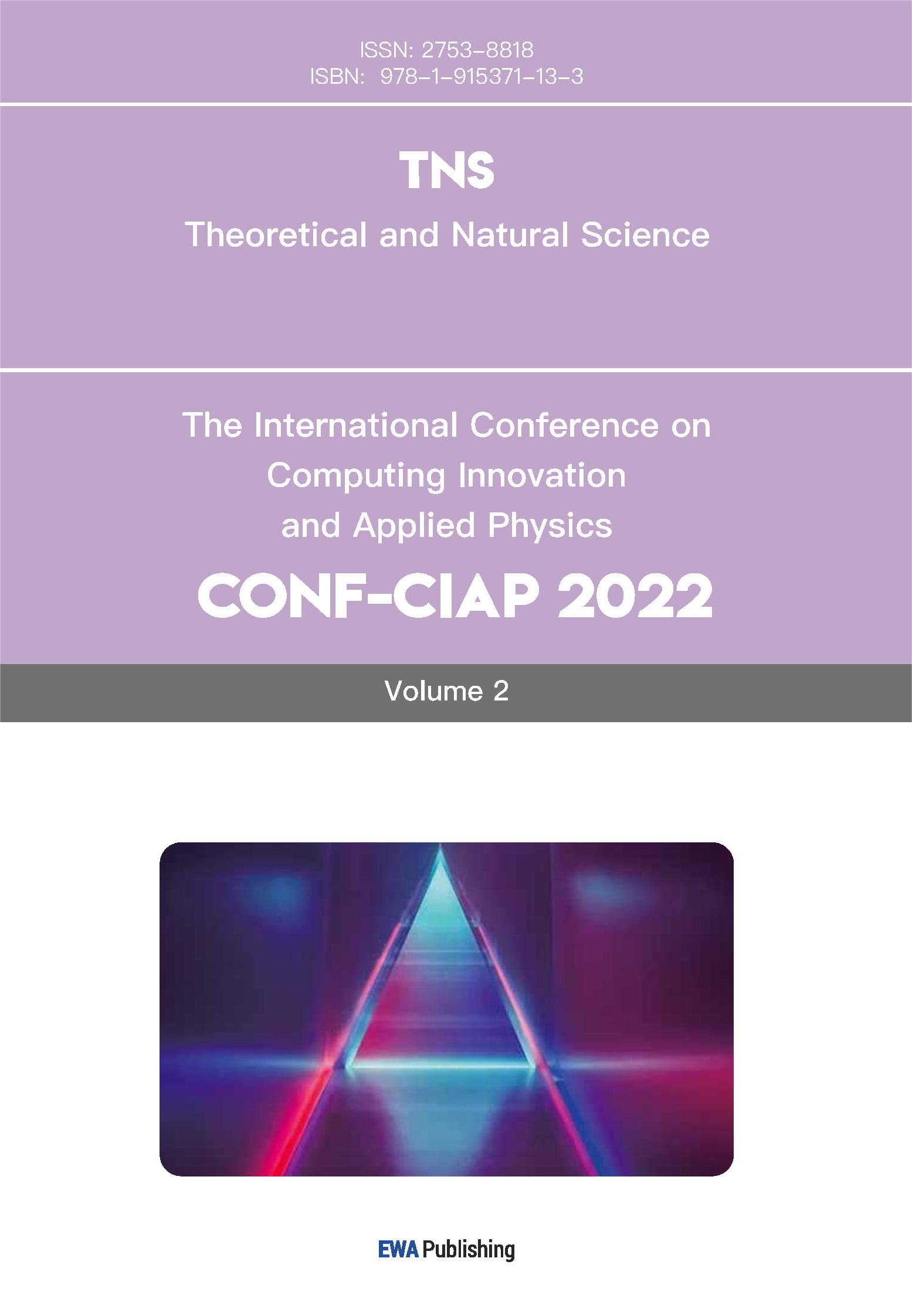References
[1]. Coussement, K., & Van den Poel, D. (2008). Churn prediction in subscription services: An application of support vector machines while comparing two parameter-selection techniques. Expert Systems with Applications, 34(1), 313–327.
[2]. Bahnsen, A. C., Aouada, D., & Ottersten, B. (2015). Example-dependent cost-sensitive decision trees. Expert Systems with Applications, 42(19), 6609–6619.
[3]. Verbeke, W., Martens, D., Mues, C., & Baesens, B. (2011). Building comprehensible customer churn prediction models with advanced rule induction techniques. Expert Systems with Applications, 38(3), 2354–2364.
[4]. Lariviere, B., & Van den Poel, D. (2005). Predicting customer retention and profitability by using random forests and regression forests techniques. Expert Systems with Applications, 29(2), 472–484.
[5]. Amin, A., Anwar, S., Adnan, A., et al. (2019). Customer churn prediction in the telecommunication sector using a rough set approach. Neurocomputing, 237, 242-254.
[6]. Huang, B., Kechadi, T., & Buckley, B. (2012). Customer churn prediction in telecommunications. Expert Systems with Applications, 39(1), 1414–1425.
[7]. Idris, A., Khan, A., & Lee, Y. S. (2013). Intelligent churn prediction in telecom: Employing mRMR feature selection and RotBoost based ensemble classification. Applied Intelligence, 39(3), 659–672.
[8]. Keramati, A., Jafari-Marandi, R., Aliannejadi, M., et al. (2014). Improved churn prediction in telecommunication industry using data mining techniques. Applied Soft Computing, 24, 994–1012.
[9]. Najar, S., Chahbar, M., & Mouhoub, M. N. (2021). Predicting customer churn in the telecommunication industry using machine learning techniques. Procedia Computer Science, 194, 229-236.
[10]. Ullah, I., Aslam, M., Latif, S., & Qureshi, K. N. (2019). Customer churn prediction in telecommunication industry using ensemble learning. TELKOMNIKA, 17(3), 1305–1311.
[11]. Zhu, X., et al. (2022). A review of machine learning for customer churn prediction. Artificial Intelligence Review, 55(4), 3213–3236.
[12]. Kaggle. (2023). Telco Customer Churn Dataset.



